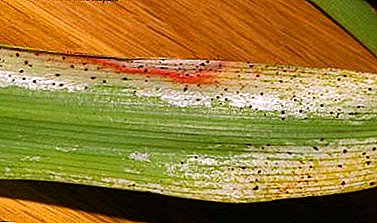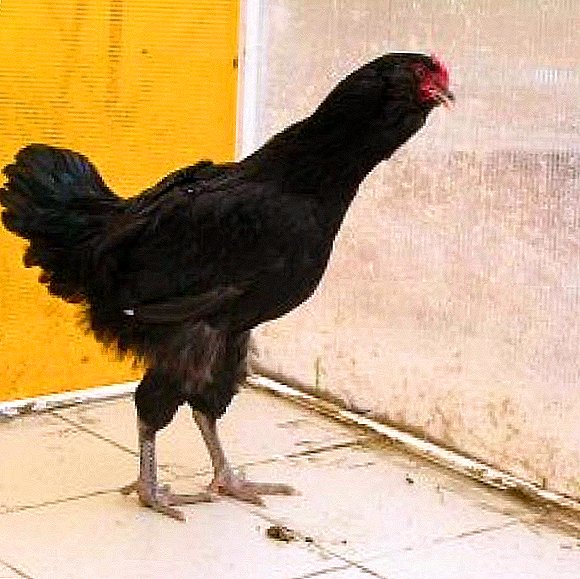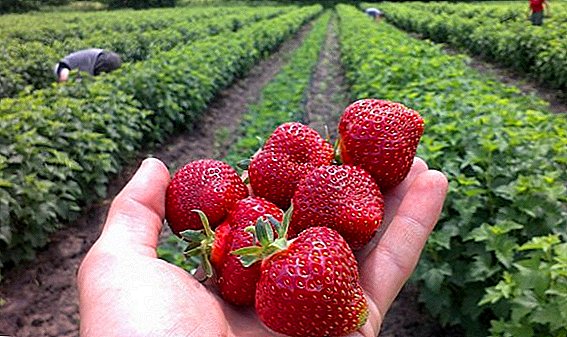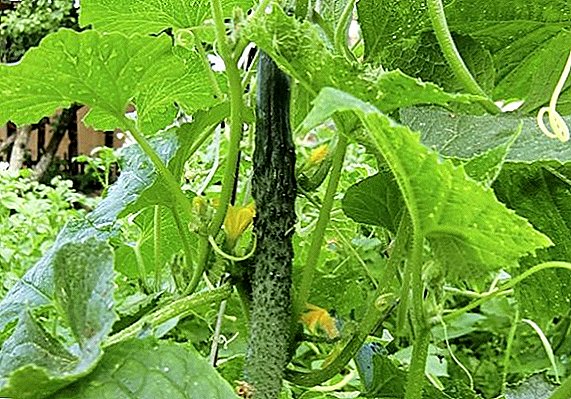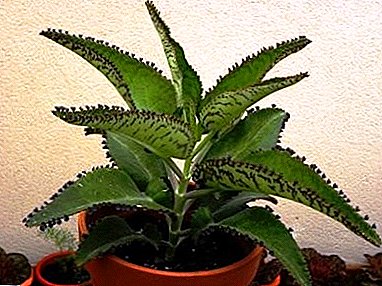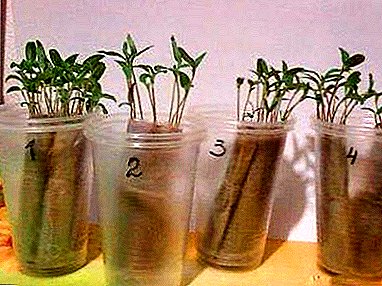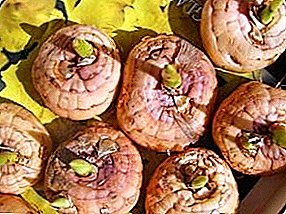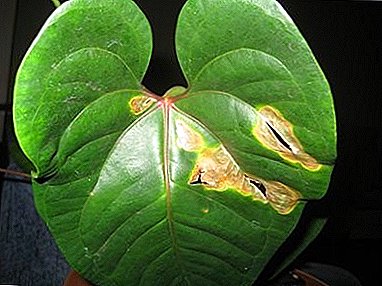
Tropical handsome Anthurium is firmly established in the collections and interior of indoor plants. He pleases his owners with beautiful bright flowers and decorative glossy leaves. It is the latter that are the first to respond to any errors of care.
Leaf disease
Why do leaves of Anthurium turn yellow? What to do?
May occur during natural aging. In this case, the color changes in one or two lower leaflets. These gradually dry out and fall away. To improve the appearance, It is recommended to rejuvenate anthurium.
If the plant is young, and the leaves are already getting the color of straw - it is quite possible that the flower receives too much light. To eliminate the problem, it is enough to move the pot to a less lit place.
The color becomes pale with a yellowish tinge. and with a lack of sun if the flamingo is far away from the window. You can equip the place with additional lighting or simply move the flower to the sill of the western or eastern window.
Drying out
Flamingo stands in a draft, is contained in a constant cool, lacking moisture in the soil or the external environment.
The appearance of spots
- Large spills of brown blotch indicate frostbite.
- Beige dry specks - evidence of the activity of the sun's rays, which caused burns. Pritening or changing places will save the plant from further damage.
- Spots of different diameters that cover any part of the surface of the sheet, can talk about the invasion of pests, especially with simultaneous arrest of growth. If the new leaves acquire too large sizes, and on more mature ones any marks are formed, then we are talking about an excess of fertilizers in the soil.
Why do the tips of leaves of Anthurium dry?
The most obvious reason - the room is always dry air, from which the plant suffers. It is possible to increase humidity by regular spraying and installation of a pallet filled with wet stones such as pebbles or expanded clay.
You have completed all the recommendations, and the edges still dry up? This means that the roots of a delicate epiphyte do not receive oxygen. It is necessary to change the soil, adding in it loosening components such as pieces of brick, charcoal, pine and spruce cones, perlite.
Dries flower
This is usually a sign of the physiological aging of the inflorescence, it dries out and forms a fruit. Also, the cause may be excessive dryness of the soil and air, excess light and sunburn.
The leaves of the flower turn black.
Such a problem occurs with an increased content of calcium in the earth. The soil must be changed to a fresh, high-quality and reduce the use of fertilizer in the future.
Black flowers
Anthurium does not like it very much! Cut off all damaged flowers and memorize the lesson in order not to repeat the same mistake.
Leaves curled
Thus, a tropical resident is protected from adverse environmental conditions, namely:
- drafts
- lack of light
- direct rays of the sun
- arid air.
Wilting foliage
Loss of turgor happens due to rotting of the root system.
If the plant is watered too often, without waiting for the soil to dry out, root rot is sure to attack. Then the leaves lose their elasticity, wither and fall.
Requires urgent resuscitation of a sick flower. It is removed from the soil, the roots are washed in warm water to completely release from the dirt and carefully inspect. All affected parts are trimmed and the remaining dried. in the air for at least 30 minutes. During this time, the soil is completely replaced with fresh, and the pot is disinfected in a strong solution of potassium permanganate.
Flower disease male happiness
Smallpox
The disease is non-infectious, caused by care errors. The decorative surface of the sheet is covered with convex plaques, swellings and marsh-colored rings. Cold air in the room becomes provocateurs of smallpox, especially against the background of high humidity; any damage to the roots or nutritional deficiencies.
Enati

Presumably the disease occurs due to sudden changes in temperature and humidity. There is a loss of ornamental leaves, they are deformed, develop unevenly and are covered with convex growths of a rounded shape.
Stem rot
Fungal disease that occurs when the humidity of both ambient air and soil. Externally manifested by the formation of dark watery marks on the shoots, the death of the stems. Characteristic feature - small sporangia in the places of defeat, at the initial stage they are white, then darken.
The plant is placed in quarantine, cut off the affected parts and are treated with fungicides, for example, Rovral, Fitosporin, copper sulphate. If the treatment did not help, flamingos are disposed of.
Anthurium pests
Aphid
A small pest that multiplies rapidly, forming large colonies. It feeds on plant sap, piercing tissue. It settles on the inner side of the leaves, so it does not appear immediately. Usually not insects are noticed, but the consequences of their activity - twisted leaves, dried parts, growth retardation.
For struggle use various insecticides of both biological and chemical nature - Fitoverm, Aktellik, Karate, Intavir, Detsis. From folk remedies help infusions of onion and garlic.
Shchitovka - real and false
If oval bulging hillocks of brown or beige color began to appear on the leaves, which can be knocked off with a needle or a toothpick, it means that anthurium was attacked by scale insects. These are small sucking pests, reliably protected by dense shell. They suck the juice, inhibiting the development of the affected flower.
Contact insecticides will not help, they destroy insects with the help of systemic preparations - Konfidor, Bankola, Biotlin.
Their active substances penetrate into the plant and poison the juice, which subsequently enters the body pests and kills them.
Spider mite

Microscopic pests completely invisible to the eye. However, the damage they bring is rather big. Feeding on the sap of plants, ticks strongly inhibit the further development of the victim, often leading it to death. Settled where dry air and heat prevail. The hallmark of the presence of mites - thin cobwebs clinging to the ground parts of anthurium. In addition, the surface of the leaves is covered with pinholes, which have a light yellow color.
Acaricides are used against ticks - Aktellik, Flumate, Oberon, Akarin, Omait.
Thrips
Plain sucking insects, like small flies. They feed on juice, infecting their victims with viruses and contaminating secretions, on which the black fungus likes to attack. Their presence gives a strange color sheet surface, which becomes unpleasant yellowish-white color.
Against them use sticky traps and various preparations - Fitoverm, Karate, Lightning, Aktellik, Intavir.
Whitefly - tobacco and greenhouse
Small cute butterflies with delicate wings, as if sprinkled with starch. At the slightest movement, they fly from the chosen plant and fly away in different directions, so it is not difficult to find them.
For getting rid of insects insecticidal means are used, for example, Fufanon, Biotlin, Tanrek, Spark, Bison.
Why did Anthurium have small leaves and stop growing?
In such a simple way, exot reports a shortage of nutrients. This may be insufficient lighting, lack of mineral fertilizers or soil with a neutral or alkaline reaction. Assimilation of nutrient compounds occurs only in the presence of acidic soil, the only suitable for the flamingo flower.
Anthurium is a rather complicated and capricious plant.. It is attacked by many pests and diseases, is sensitive to any errors of care and takes revenge on its owner for inattention. Therefore, it is recommended to start it only for experienced flower growers who have enough time and desire to engage in their purchase.
A photo
Next you will see photos of leaf diseases and pests of Anthurium and their treatment at home:




- Types of Anthurium:
- Anthurium Scherzer
- Anthurium Crystal
- Anthurium Andre
- Care Tips:
- Everything about Anthurium
- Planting and transplanting Anthurium
- Reproduction of Anthurium
- Blooming Anthurium


